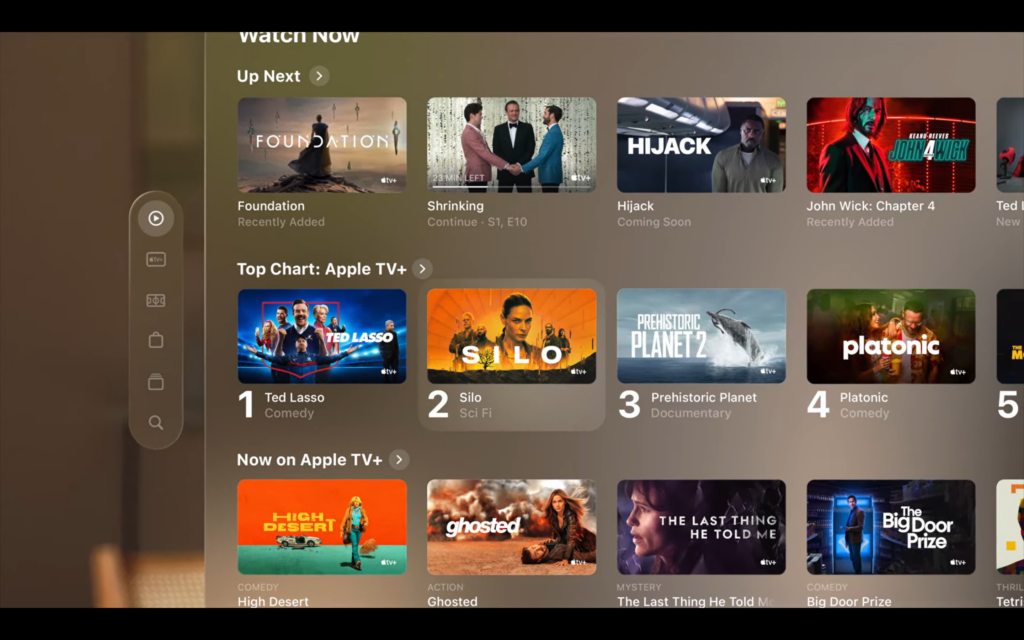The worst kept secret in Silicon Valley was revealed at Apple’s WWDC 2023 conference when the Vision Pro headset was revealed.
Apple’s alternate reality/virtual reality headset has ambitions of offering an unrivalled experience compared to the competition, and one way it aims to achieve this target is through the two Micro OLED screens that it uses for its display.
So what is Micro OLED and why has Apple chosen the tech for its first foray into VR headsets?
What is Micro OLED?
Micro OLED, or micro-OLED as it’s also referred to, is a silicon-based display that uses monocrystalline silicon wafers as the backplane (essentially a circuit board). The Organic Light Emitting Diodes (or OLED) sit on top, and thousands of these can be added.
The more OLEDs there are, the higher the pixel density can be. Therefore a 0.5-inch display with Micro OLED can reach up to 4000 pixels per inch (ppi) compared to 580 ppi on a smartphone with a 5-inch display. That’s a big increase in resolution, sharpness and detail.

What does that mean for the Apple Vision Pro?
The backplane uses Apple Silicon with an RGB (Red Green Blue) arrangement, with Apple Technology Development Group VP Mike Rockwell saying that for every pixel on an iPhone there are 64 more on the Apple Vision Pro.
This adds up to 23 million pixels packed into two displays, each one the size of a postage stamp. The Apple Vision Pro supports wide colour and high dynamic range. Apple claim that in its cinema mode you could have a 100ft screen sitting in front of you to watch films on.
What else is Micro OLED used for?
There’s been a lot of interest in using Micro OLED for alternative reality (AR) and virtual reality (VR) displays because they are smaller, and therefore can make the headset design less bulky and lighter to wear.
They’re also commonly used as electronic viewfinders (EVF) in cameras, as well as headsets for drone racing.
It’s unlikely the technology will be used for larger screen devices such as TVs. The size, cost and manufacturing process required would be massive, and also because the pixel density wouldn’t be of as much use at normal TV viewing distances. Micro OLED is best served for maintaining high quality images at a close distance, so it would seem as if the future of this tech lies in VR.




